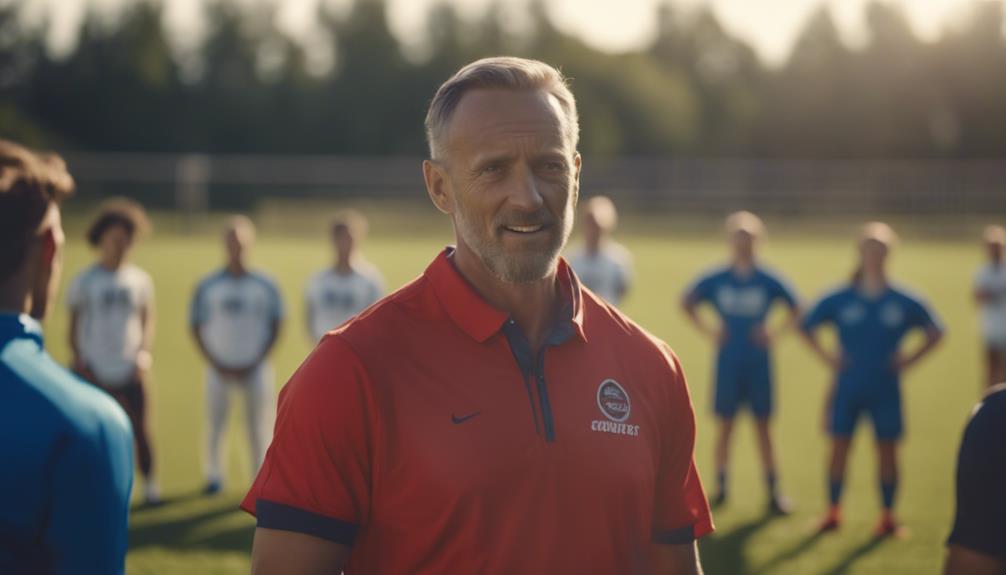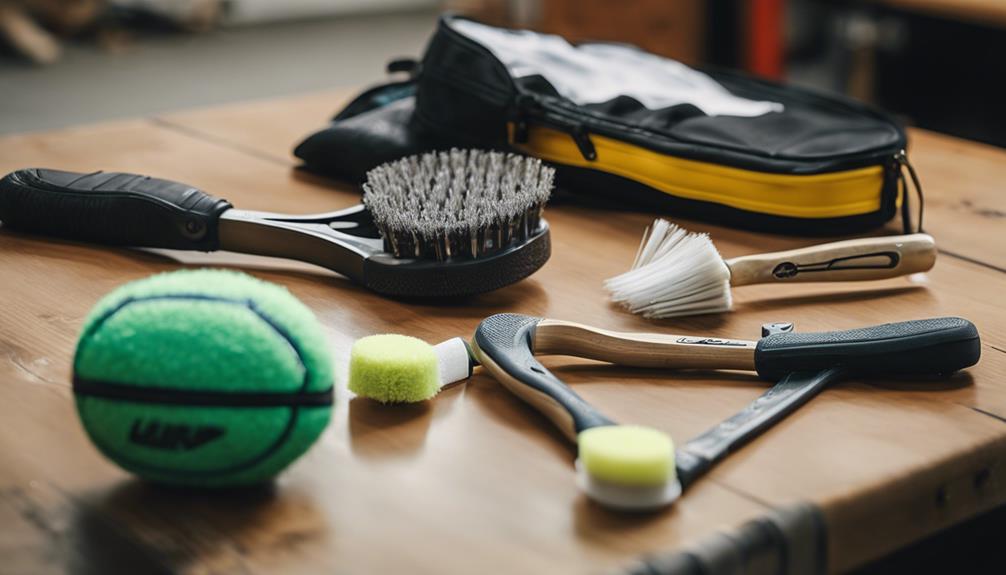
Exercise bikes have become a staple in fitness routines, offering an efficient way to burn calories, improve cardiovascular health, and tone muscles. Whether you’re pedaling away in a spin class or enjoying a leisurely ride at home, these machines provide a low-impact workout that’s accessible to many. But beyond the convenience, many people wonder – what muscles does an exercise bike actually work? Let’s delve into the various muscle groups engaged during cycling and how you can maximize your workout.
From the moment you hop on an exercise bike, you’re working a variety of muscles throughout your body. While the primary focus may be on the legs, cycling activates a surprising number of muscle groups, including the core and upper body. Understanding which muscles are engaged can help you tailor your workouts for optimal results, making your rides not just enjoyable but also effective in building strength and endurance. who i am exercise
1. Introduction to Exercise Bikes and Their Benefits
Exercise bikes are a fantastic way to get your heart pumping without the wear and tear associated with outdoor cycling or high-impact workouts. They provide a controlled environment where you can focus on building endurance and strength. The adjustable resistance allows for tailored workouts, whether you’re a beginner or an experienced cyclist. Additionally, many modern bikes come equipped with features like built-in workouts, heart rate monitors, and even virtual classes, making your time on the bike both fun and productive.
Moreover, exercise bikes are suitable for all fitness levels. They offer a convenient alternative for those who prefer an indoor workout, especially on rainy days or during extreme weather conditions. The ability to multitask, such as watching a show or listening to music while cycling, enhances the experience and encourages consistency, which is key for achieving long-term fitness goals.
2. The Core Muscles Engaged While Cycling
While cycling might seem like a leg-dominant exercise, your core plays a crucial role in maintaining stability and balance. The core consists of several muscles, including the rectus abdominis, obliques, and transverse abdominis. These muscles help stabilize your body as you pedal, preventing excessive swaying and ensuring that your energy is directed into the cycling motion rather than dissipating through poor posture.
Engaging your core while cycling not only enhances performance but also contributes to overall body strength. A strong core can help improve your posture and reduce the risk of injury, especially in the lower back – a common concern for cyclists. Incorporating a focus on core engagement during your rides can lead to stronger abdominal muscles and better overall cycling stability.
3. Targeting Your Quadriceps: The Front Thigh Stars
The quadriceps, located at the front of your thighs, are the primary muscles engaged when pedaling an exercise bike. They are responsible for extending your knee and propelling you forward as you push down on the pedals. This group of four muscles – rectus femoris, vastus lateralis, vastus medialis, and vastus intermedius – works hard during cycling, especially when you increase the resistance or pedal at a high cadence.
Building strength in your quadriceps can lead to improved athletic performance and increased power output while cycling. As you push through those tough intervals, you might notice that the more resistance you add, the more your quads burn – a sure sign that they’re getting a solid workout. So, the next time you’re on the bike, remember that those powerful front thigh muscles are your best friends in the quest for speed and endurance.
4. Hamstrings: The Key Players in Your Pedal Power
While your quadriceps may take center stage, your hamstrings are the unsung heroes providing crucial support. Located at the back of your thighs, the hamstrings play an essential role in the cycling motion, working to bend your knee during the upward phase of your pedal stroke. A balanced leg workout is vital, as strong hamstrings complement strong quadriceps, enhancing your overall cycling efficiency and preventing injuries.
Cycling can help strengthen your hamstrings, which is essential for maintaining proper muscle balance in your legs. Neglecting to train your hamstrings can lead to imbalances that may cause strain or injury. By incorporating cycling into your workout routine, you’ll effectively engage both the quads and hamstrings, leading to stronger legs that can endure longer rides and more intense workouts.
5. How Glutes Get a Workout on an Exercise Bike
The gluteal muscles, comprising the gluteus maximus, medius, and minimus, are among the largest and most powerful muscles in the body. When you cycle, these muscles are heavily engaged, particularly during the downward phase of the pedal stroke. The glutes help extend your hips and provide the necessary power to propel the bike forward, especially when climbing or increasing resistance.
Strengthening your glutes through cycling can lead to a firmer backside and improved overall lower body strength. An added benefit is that strong glutes support your lower back, reducing the risk of injuries while enhancing your posture and stability. So, next time you’re feeling the burn in your glutes, know that you’re not just getting a great workout – you’re also building a stronger, more powerful body.
6. Calves: The Unsung Heroes of Cycling Fitness
Often overlooked, the calf muscles, including the gastrocnemius and soleus, play a significant role in your cycling performance. These muscles are engaged when you push down on the pedals and help to stabilize your ankle joint throughout the cycling motion. A strong set of calves can improve your overall pedaling efficiency, allowing for smoother transitions and quicker responsiveness while cycling.
While you may not feel your calves burning as intensely as your quads or hamstrings, they are working diligently behind the scenes to support your ride. Strengthening your calves through cycling can enhance your overall leg strength, improve your balance, and reduce the risk of injuries. Incorporating varied pedaling techniques, like standing while cycling, can further engage your calves and provide a more comprehensive workout.
7. Engaging Your Core for Better Cycling Stability
A strong core is essential for any cyclist, as it helps maintain proper posture and form throughout your ride. Engaging your core muscles not only stabilizes your pelvis and spine but also allows for more efficient power transfer from your legs to the pedals. Focusing on core engagement can lead to better endurance and performance, especially during longer rides or high-intensity intervals.
To engage your core effectively while cycling, focus on maintaining a straight back and drawing your navel toward your spine. This not only improves your cycling form but also enhances your overall stability, allowing you to power through challenging climbs or sprints without compromising your technique. By prioritizing core strength in your cycling workouts, you’ll notice improved performance both on and off the bike.
8. Upper Body Activation: Not Just for Legs!
While cycling is primarily a lower body workout, the upper body doesn’t remain entirely inactive. The muscles in your arms, shoulders, and back are engaged as you maintain your grip on the handlebars and stabilize your upper body. This engagement is particularly pronounced during vigorous cycling sessions, such as spin classes, where you might be out of the saddle and pumping hard.
Incorporating a bit of upper body strength training or resistance bands during your cycling routine can take your workout to the next level. By activating your upper body while cycling, you can improve your overall strength and endurance, creating a more balanced workout. So, don’t shy away from using your arms during your rides – they’re more involved in your performance than you might think!
9. Different Types of Bikes and Muscle Engagement
There are various types of exercise bikes, each offering unique benefits and engaging muscles differently. Upright bikes, for example, closely mimic traditional bicycles and focus heavily on the quadriceps, hamstrings, and glutes. In contrast, recumbent bikes provide a more relaxed seated position, which can reduce lower back strain while still engaging the major muscle groups, albeit in a slightly different manner.
Spin bikes are another popular option, designed for high-intensity workouts that bring more muscle engagement and cardio challenges. The adjustable seats and handlebars on these bikes allow for a more aggressive riding position, further increasing the recruitment of core and upper body muscles. Understanding how different bikes engage your muscles can help you choose the best option for your fitness goals and preferences.
10. Tips for Maximizing Muscle Work on Your Bike
To get the most out of your exercise bike workouts, it’s essential to focus on your form and technique. Ensure that your seat height is adjusted correctly to prevent strain and maximize muscle engagement. Additionally, incorporating interval training, such as alternating between high resistance and low resistance, can effectively target various muscle groups and improve your overall fitness.
Lastly, don’t hesitate to mix things up! Try different cycling styles or add strength training exercises during your rides, like upper body movements with light dumbbells. The goal is to keep your workouts challenging and engaging, which will help you build muscle and improve your cycling performance while having fun.
In conclusion, exercise bikes are a powerful tool for building strength and endurance across multiple muscle groups. From your quads and hamstrings to your core and upper body, cycling offers a comprehensive workout that can be tailored to your fitness level. By understanding which muscles are engaged and following tips to maximize your workouts, you can transform your cycling sessions into effective strength-building routines. So, hop on that bike and pedal your way to a stronger, fitter you!





